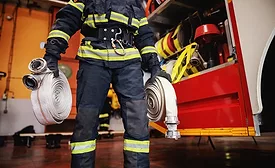Home » Keywords: » first responders
Items Tagged with 'first responders'
ARTICLES
Product spotlight on healthcare solutions
Security magazine spotlights solutions that can benefit security professionals in the healthcare sector, from securing medical devices to connecting first responders with live incident video streams.
January 14, 2022
Sign-up to receive top management & result-driven techniques in the industry.
Join over 20,000+ industry leaders who receive our premium content.
SIGN UP TODAY!Copyright ©2025. All Rights Reserved BNP Media.
Design, CMS, Hosting & Web Development :: ePublishing









